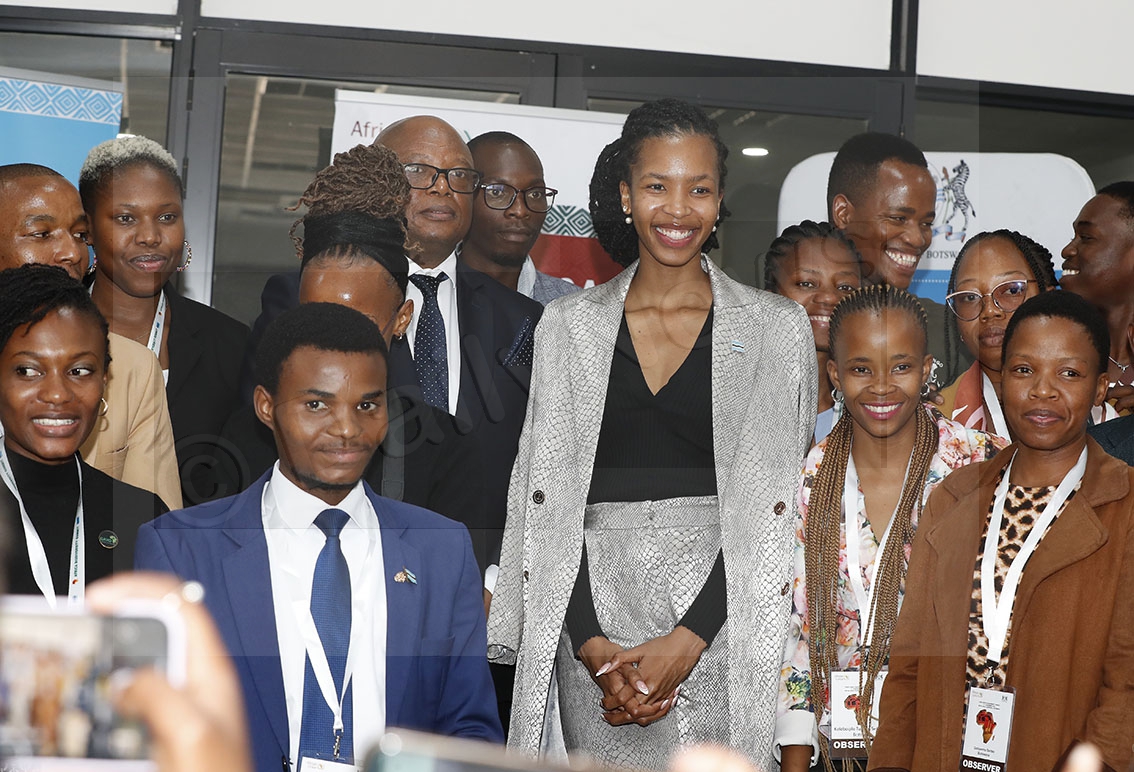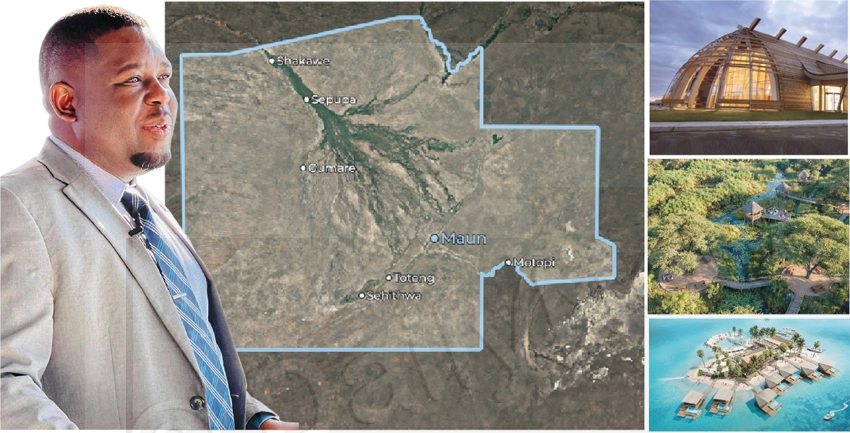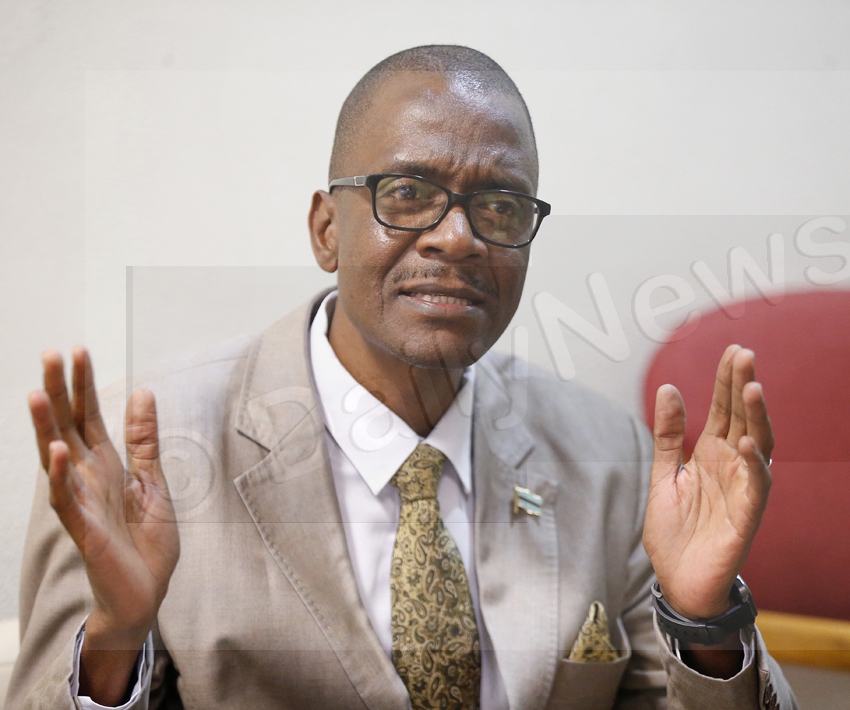Govt committed to biodiversity preservation
05 Nov 2025
Launching the project on the sidelines of the inaugural Africa Biodiversity Summit in Tlokweng on Monday, Minister of Environment and Tourism, Mr Wynter Mmolotsi said the project aimed to link conservation efforts with socio-economic progress, as well as to protect natural resources for the benefit of local communities.
Further, he said the project responded to the 2024 KAZA Heads of State directive to ensure stronger community participation and that livelihoods benefited in conservation.
Mr Mmolotsi also expressed gratitude to European Union for funding the project under its NaturAfrica Programme.
In addition, the minister reiterated government’s commitment to preserving Botswana’s biodiversity to ensure that future generations benefitted from the country’s resources and related ecosystem.
Biodiversity, Mr Mmolotsi said was the foundation upon which the country could build a prosperous future for all.
For his part, African Union Commission’s (AUC) commissioner for Agriculture, Rural Development, Sustainable Development and Blue Economy, Mr Moses Vilakati said biodiversity held the key to Africa’s development and the realisation of the aspiration of Agenda 2063.
The AUC’s climate objective, Mr Vilakati said was to foster regional integration, adding that the transboundary conservation areas were also a catalyst for both regional integration and for accentuating peace and stability.
Transboundary conservation areas, he said were also provided for in the African Union Biodiversity Strategy and Action Plan, adding that the summit also had held a thematic area on transboundary conservation areas.
“We know that benefits to local communities and the provision of incentives is at the centre of the approaches that we are advocating through this summit. Without the communities, our biodiversity can easily be in ruins,” he said.
He therefore, commended the EU and its partners for funding the initiatives within the KAZA area, as well as the partner countries of KAZA TFCA.
The commissioner further emphasised that the AUC remained committed to working with all member states on achieving transboundary conservation initiatives.
The EU Ambassador to Botswana and SADC, Ambassador Petra Pereyra said through its global gateway flagship initiative, NaturAfrica Programme, the Ambassador said EU was supporting biodiversity and sustainable livelihoods in Africa.
The NaturAfrica Programme, she explained was part of a global gateway Africa investment package, which was adopted at the European Union-EU summit in February 2022 under the framework of the EU-EU partnership, ‘and it underscores our commitment to a comprehensive, 360-degree approach that integrates environmental sustainability with social economic development’.
The programme, she noted had worked in 35 priority landscapes across the continent and across the Transcontinental Conservation Areas in Southern Africa, which covered over 1.5 million square kilometres of protected and conserved eco-systems, including tropical forest, savannas and wetlands of global importance.
Nearly 78 million people, she said relied on the ecosystems for their food, water, energy, income and their livelihoods.“Nature Africa combines biodiversity conservation with social and economic development, ensuring that local communities, particularly women, youth and indigenous people benefited directly from conservation efforts,” said Ambassador Pereyra.
In the specific case of Southern Africa, the ambassador said EU was supporting the sustainable management of a number of trans-frontier conservation areas for the benefit of the people and the planet.
In the first phase, she said six trans-frontier conservation areas in Southern Africa were targeted.
The KAZA area, Ms Pereyra said was one of the most extraordinary landscapes on the planet and a living example of how biodiversity and human well-being were deeply interconnected across the borders.
The newly launched project, she said would address three main issues in the KAZA TFCA, being the need for; cross-sectoral planning and management frameworks, complete investable economic opportunities in the area and strong trans-boundary governance between the five countries.
The KAZA area, established by a treaty in 2011, is the largest terrestrial transboundary conservation area, spanning parts of Botswana, Angola, Namibia, Zambia and Zimbabwe. ENDS
Source : BOPA
Author : Lorato Gaofise
Location : Tlokweng
Event : Project launch
Date : 05 Nov 2025







